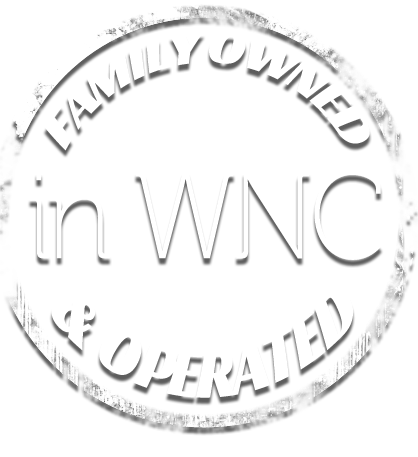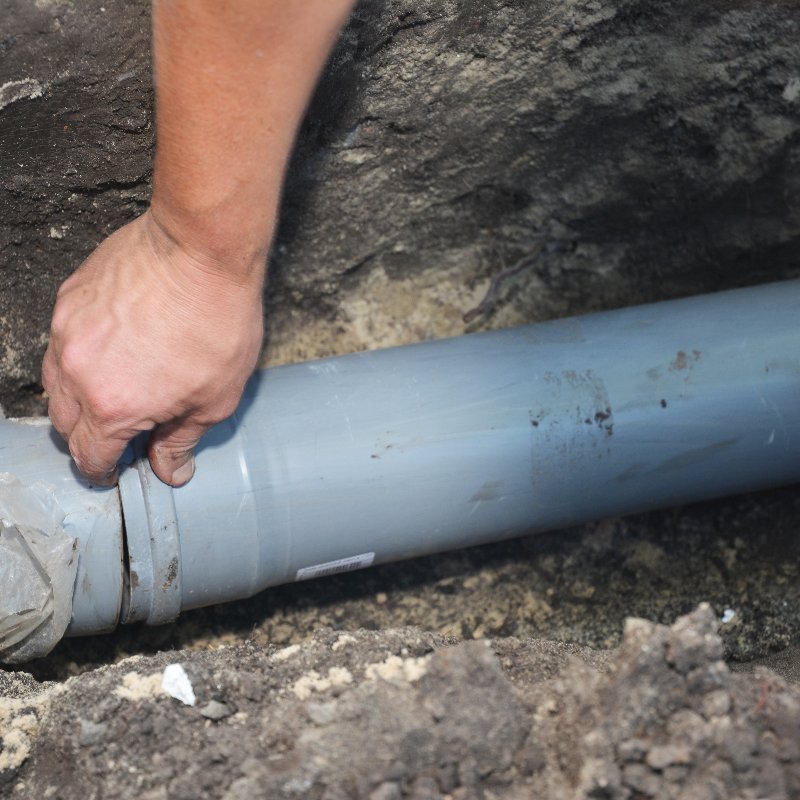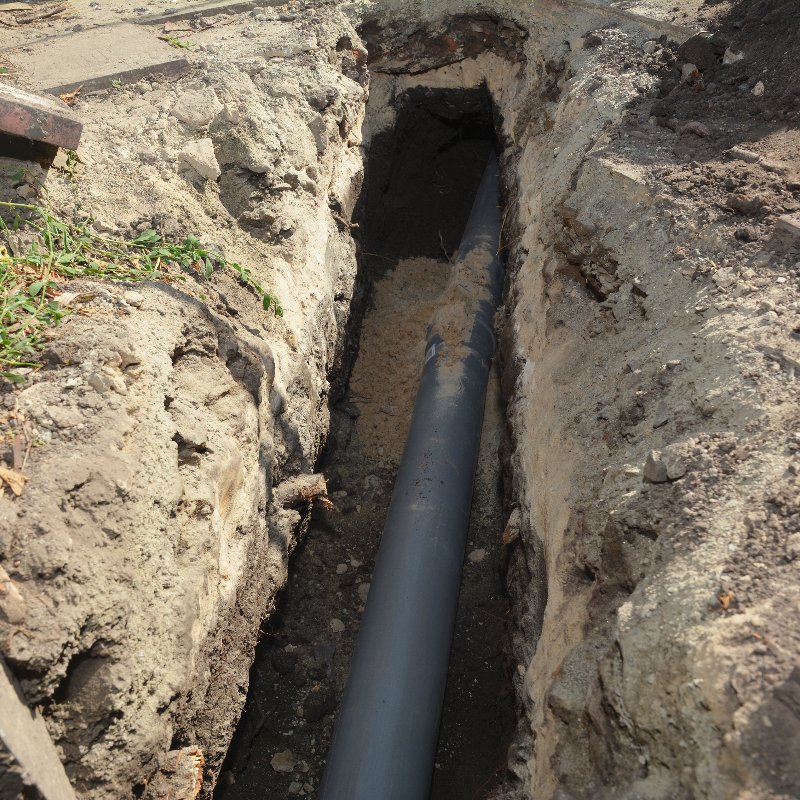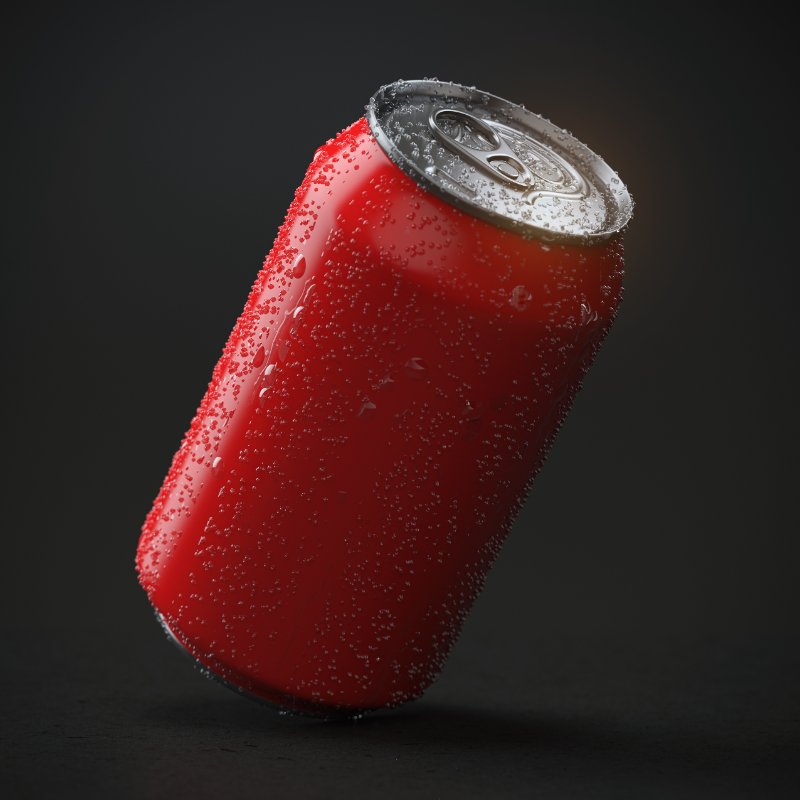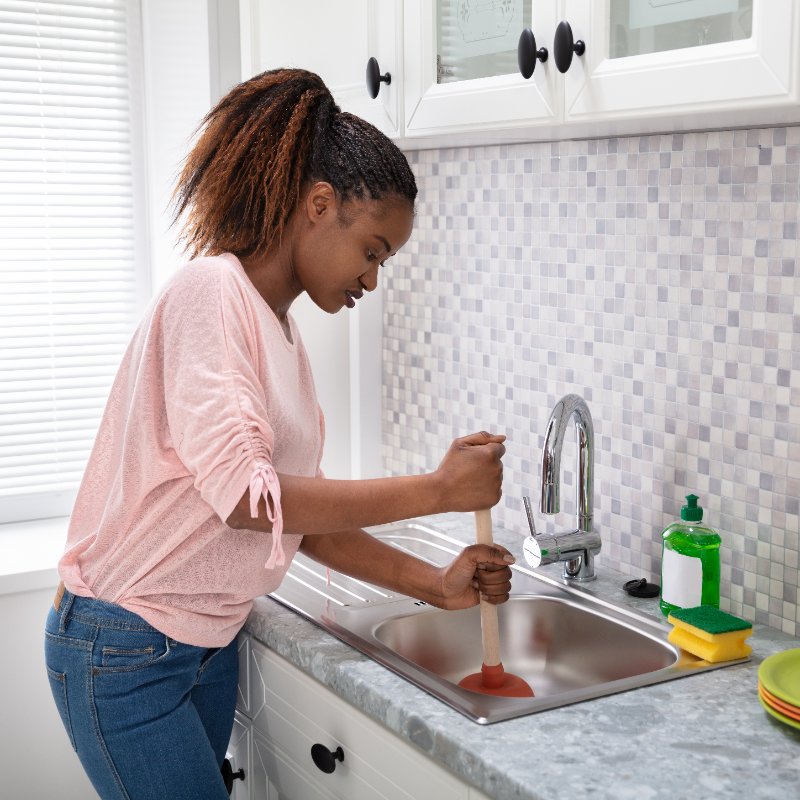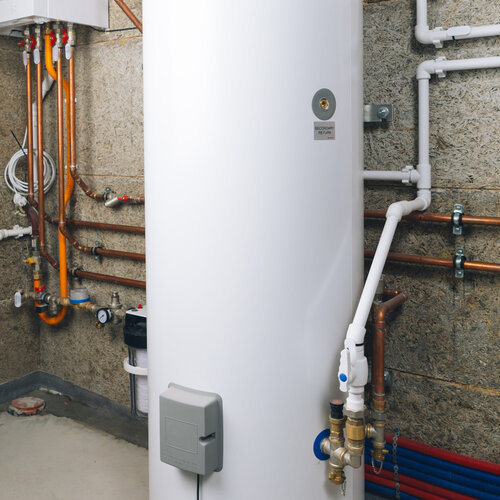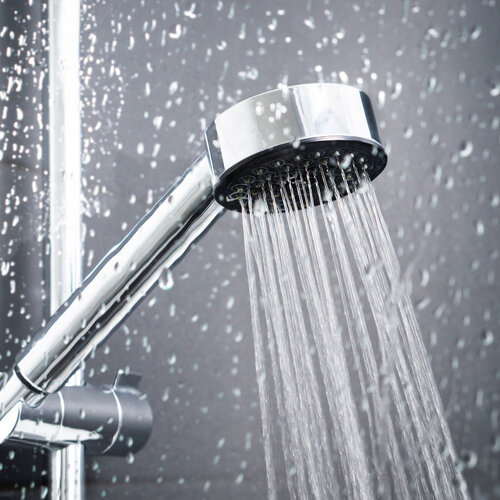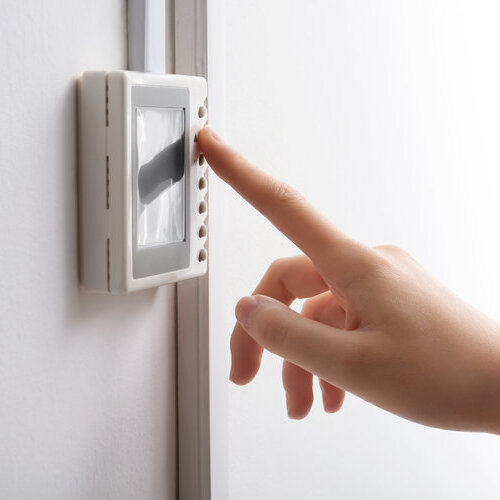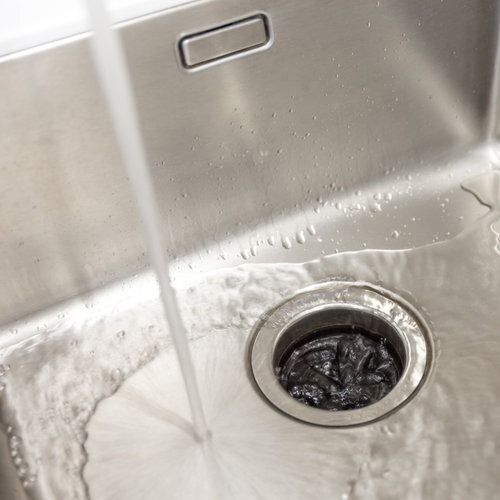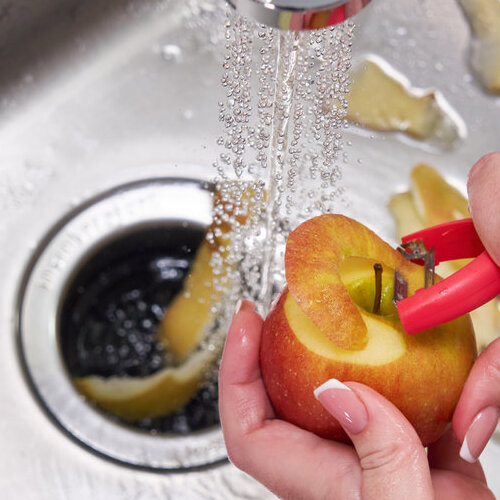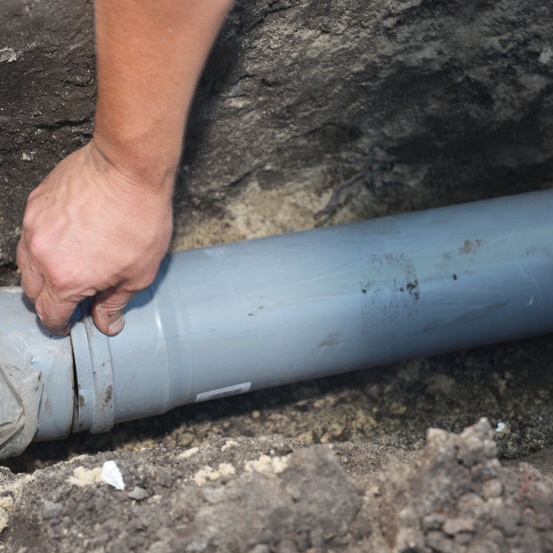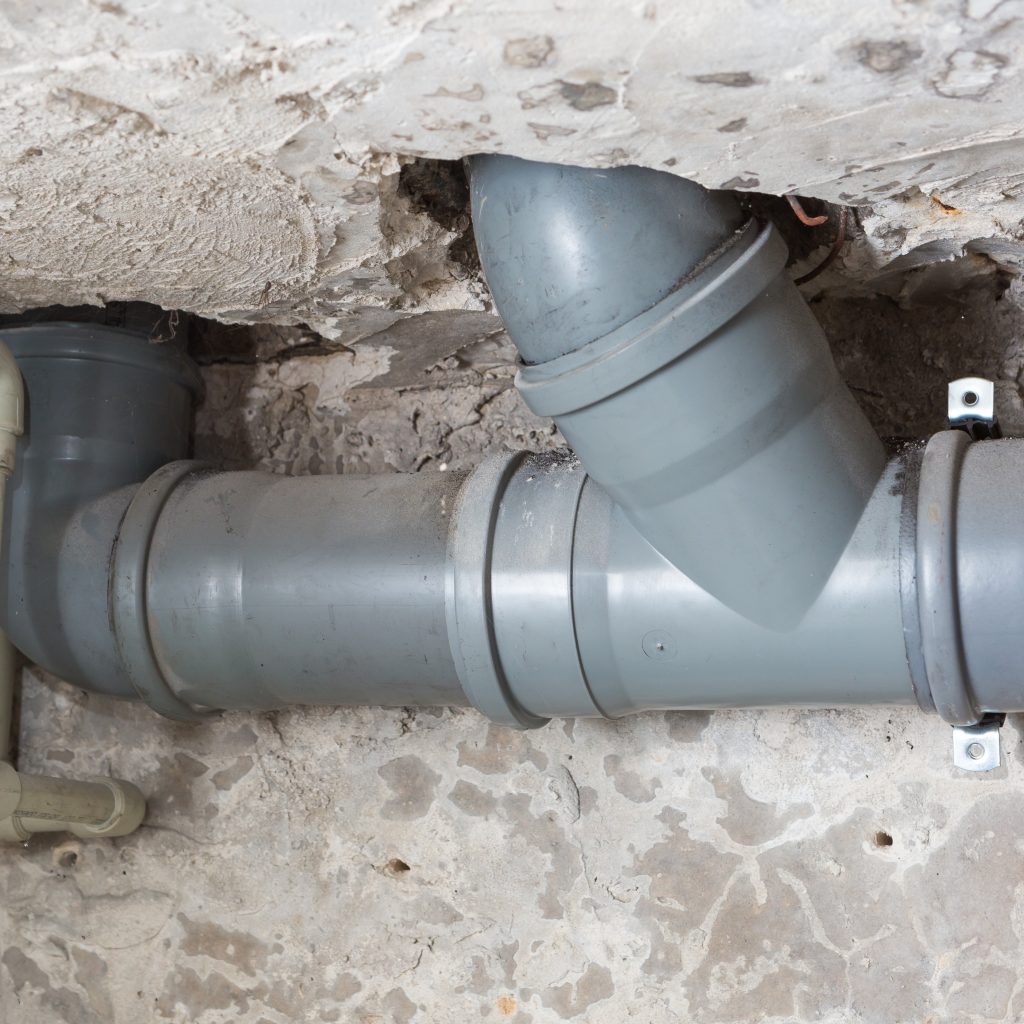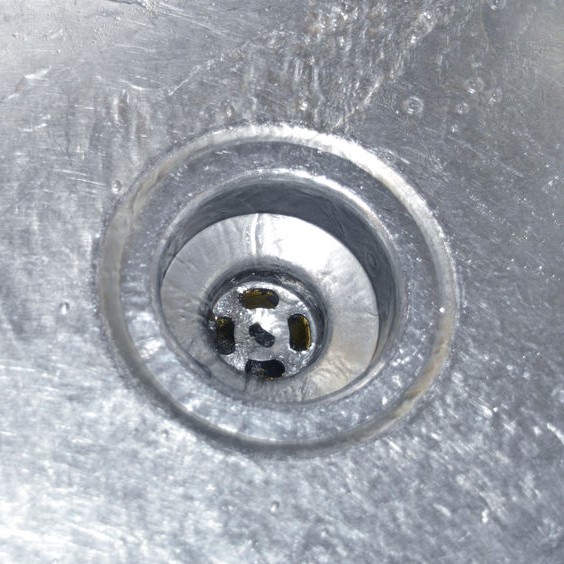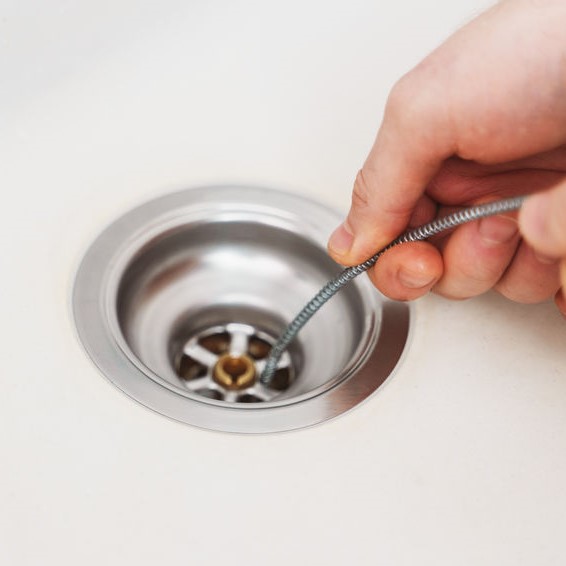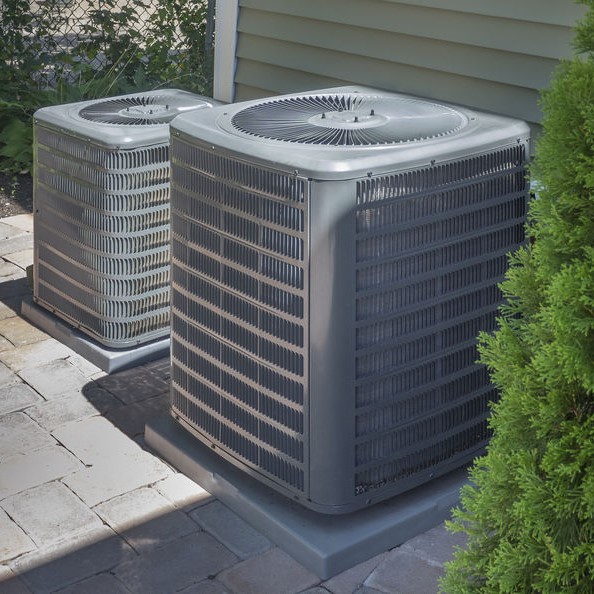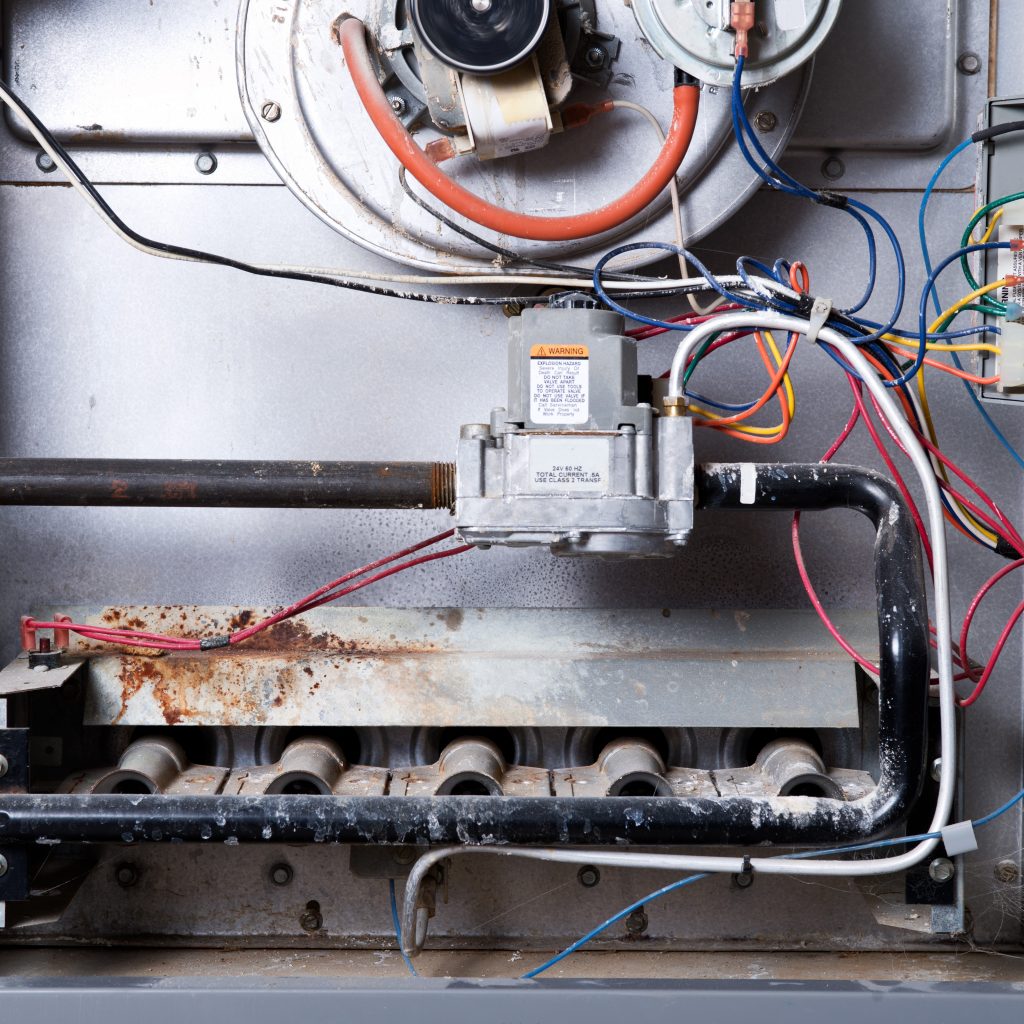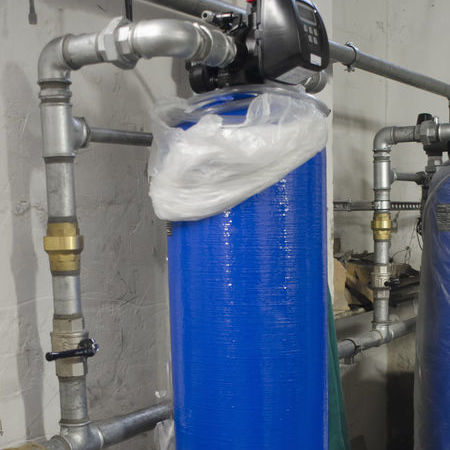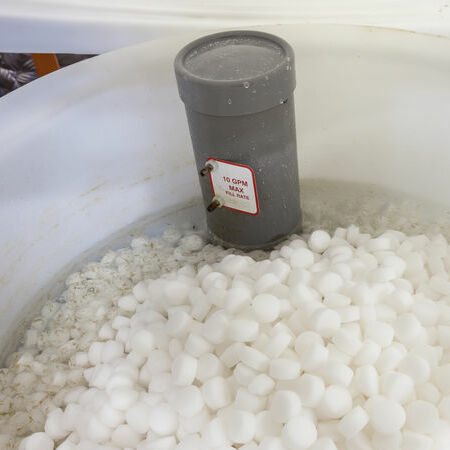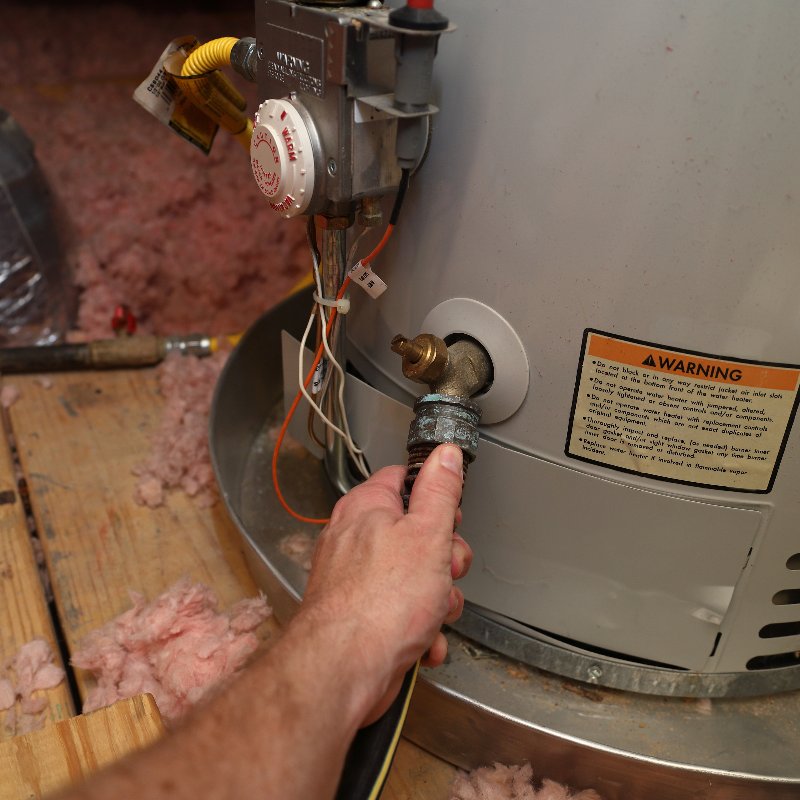
Getting a New Water Heater
You’ve had a good night’s sleep – or maybe not such a good night’s sleep. Either way, you know you can always count on that hot morning shower to start the day off! At least until you find the water isn’t getting hot. Now, were there any indications before that morning that you may need to plan a new water heater installation?
If you have any of the following issues, and you’re wondering, “Should I repair or replace my water heater?”, the answer is yes. You should have already had a new water heater installation scheduled, or at least you should have expected this to happen anyway. But to make things a little easier, what are the tell-tale warnings a water heater is at its end of service life?
Things to Watch Out For
These are pretty obvious signs a water heater is about to call it quits. If the unit is 10 years old (or older), none of these should surprise you.
- Discolored water. When the water coming out is discolored, or rusty, the water heater is probably corroded inside, which can corrode the plumbing too. A professional plumber can check your water heater and water supply and advise you if just the water heater is the problem, or if you have other issues too.
- Strange sounds. As sediment builds up over at the bottom of a water heater, it hardens and causes the water heater to have knocking or rumbling sounds. The sediment is doing more than just causing these noises. It is limiting the efficiency of the water heater too, wearing it out and could cause it to start leaking.
- Leaks or moisture. If the base of the water heater has moisture on or around it, puddles of water around it on a regular basis, it probably is already leaking, and you need to schedule a water heater installation sooner than later.
- Lukewarm water. If the water is taking too long to get water to the faucet, the water heater is probably full of sediment. It could also be the heating element or thermostat. Depending on the age of the unit, a water heater installation is the best way to fix this issue.
Is a noisy water heater dangerous?
It could be enough noise to make you think it is about to take off to the moon, but it is rare that a water heater explodes to that level. The knocking and rumbling sounds aren’t so much a danger to the water heater. The danger is more to the walls surrounding your water heater, which could need repairing, even replacing, as well as the floor under the water heater. A noisy water heater is a good reason to either have a plumber come inspect the unit or schedule a water heater installation.
Is a leaking water heater dangerous?
In the rare cases of a water heater exploding, or more commonly, when a water heater begins leaking, it can contain over 100 gallons of scalding water. When a leaking water heater isn’t addressed with a new water heater installation to replace the existing one, there are several possibilities of damage and more that can result.
- Electrocution or gas leak
- Risk of scalding
- Fire hazard
- Explosion
How do I know if my water heater element is bad?
In most cases, it is the lower heating element that will go out. To find out, a DIY homeowner with some basic electrical knowledge and a multimeter can take the following steps:
- Turn the power off to the electric hot water heater, if it is plugged into a wall socket, unplugging it will be sufficient. Otherwise, you’ll need to turn the breaker off at the main panel.
- There are two wires at the element; remove them and push them to the side.
- With the multimeter set at ohms or resistance, set the scale to the lowest reading.
- Touch one multimeter probe to each screw on the heating element. If there is no reading or the reading is at max, that is the bad heating element.
- Touch one probe to a screw on the heating element and the other probe to the water heater metal tank. If there is a small ohm reading or a slight needle movement, you have a shorted out element.
If you’re not sure you’ve performed these testing procedures correctly, have a professional plumber inspect the unit. They will test the element as well as another factor related to the water heater.
How do I know if my water heater thermostat is bad?
With an electric water heater, the thermostat can be found on the front of the unit under an access panel. It is the thermostat’s job to keep the water hot inside the tank. There is a bi-metal switch against the wall of the water heater tank and as the water heats up inside the tank, that bi-metal switch heats up within the thermostat.
Once the water has reached the recommended 120°F setting, the switch opens and turns off the electrical flow, resulting in the heating element shutting off. When the temperature gets lower, this all happens in reverse.
There are two elements to a water heater and a thermostat connected to each one. The thermostats are wired where only one of the heating elements is on. The upper thermostat brings the top one-third of the water to the desired temperature then turns off when the electricity is redirected to the lower thermostat.
These two steps will tell you which thermostat is bad:
- Upper Thermostat – If the upper thermostat/heating element is defective, then the water heater won’t heat any water.
- Lower Thermostat – If the lower thermostat/ heating element) is defective, the water will only reach a lukewarm temp, or it will run out of hot water fast.
What causes a pilot light to go out on a water heater?
Often it is either a dirty or bad thermocouple that will cause a pilot light to extinguish. Another cause is the unsealed combustion chamber, common for older water heaters. And if a gas water heater isn’t getting enough mixture with fresh air, that can cause a pilot light to go out.
The thermocouple can be cleaned or replaced. If there isn’t a sealed combustion chamber, the unit should be replaced with a new water heater installation. The newer models are sealed and safer. If the water heater isn’t piped correctly to vent outside, you should have a professional plumber come inspect the unit and make the appropriate changes.
How much does it typically cost to replace a hot water heater?
A new water heater installation in 2020 averaged between $400 and $1200, with the cost varying depending on factors such as whether you choose professional installation. If you’re considering going with a tankless water heater installation, expect to pay upward of $2,000.
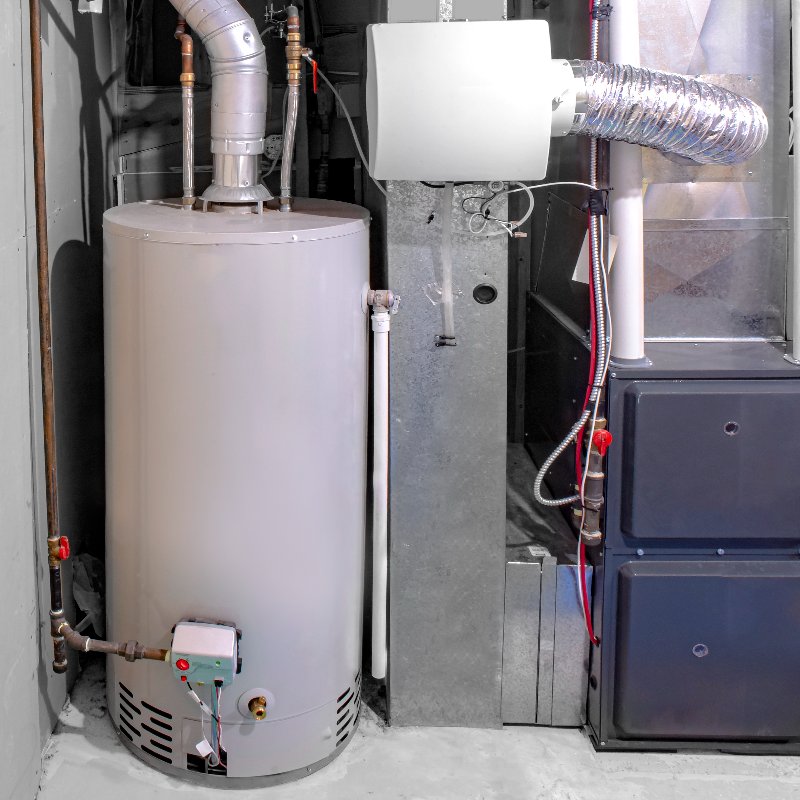
A Few Final Words
So, just who do you call for a water heater problem? A professional plumber with license and insurance. You’ll want to confirm they offer water heater service, as some plumbers specialize in other areas only. If you’re on a budget, you may want to do your own water heater installation, but that isn’t recommended.
Can a homeowner install their own water heater? Yes, you may be able to do the work, however, where you live may require a licensed plumber to do the water heater installation. A permit may be needed, and a city inspector will need to check the unit once the job is complete.



